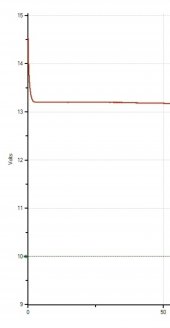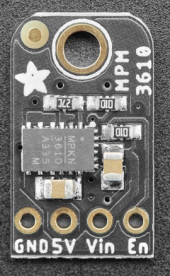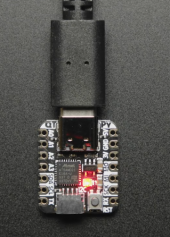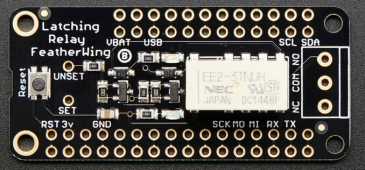HelloMan
New Member
- Joined
- Jul 14, 2021
- Messages
- 11
Hey!
So I know that Victron makes a "smart" version of this same unit, but in my position (college student) the cost savings of going with the straight DC/DC converter is significant. Like...week worth of food significant.
My question is this -- I just built a 105 AH 12v (4S) LiFePo4 pack for my car. Has a good 100A JBD bluetooth BMS with low-temp cutoff etc. Can I use the straight up DC/DC converter which seems to be "dumb" (no charging stages) as a charger? It does have adjustable output voltage, so I assume I would simply set it for between 14.2-14.4V (Battle Born says 14.4) and let 'er cook? I know the BMS will protect from overcharging but...I really don't want to break this thing when I need it to run the diesel heat xD
I have seen Will top off packs with a bench power supply and nothing went boom...I assume this would work the same? The only issue I can think of is you would essentially be floating the battery at 14.4 because I won't be pulling over to shut off charging every time my app says the battery is topped off, and the "dumb" Orion will be sitting, outputting a constant 14.4! Will that be a problem?
If I need to get the "smart" unit, I will, but...food. So trying here first!
So I know that Victron makes a "smart" version of this same unit, but in my position (college student) the cost savings of going with the straight DC/DC converter is significant. Like...week worth of food significant.
My question is this -- I just built a 105 AH 12v (4S) LiFePo4 pack for my car. Has a good 100A JBD bluetooth BMS with low-temp cutoff etc. Can I use the straight up DC/DC converter which seems to be "dumb" (no charging stages) as a charger? It does have adjustable output voltage, so I assume I would simply set it for between 14.2-14.4V (Battle Born says 14.4) and let 'er cook? I know the BMS will protect from overcharging but...I really don't want to break this thing when I need it to run the diesel heat xD
I have seen Will top off packs with a bench power supply and nothing went boom...I assume this would work the same? The only issue I can think of is you would essentially be floating the battery at 14.4 because I won't be pulling over to shut off charging every time my app says the battery is topped off, and the "dumb" Orion will be sitting, outputting a constant 14.4! Will that be a problem?
If I need to get the "smart" unit, I will, but...food. So trying here first!












